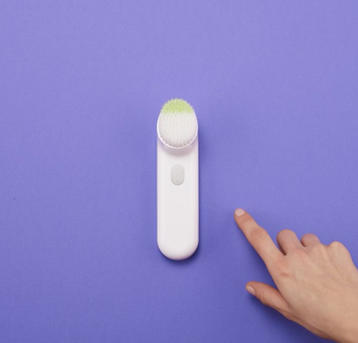Behind every great commercially-viable blog is an equally great media kit. With a multitude of bloggers, vloggers and influencers on the scene (and growing every day), it can sometimes be hard to get distinguished from the crowd. That’s where the humble media kit comes in.
Often the initial point of contact between a creative and brand, the media kit offers bloggers and influencers the opportunity to promote their publication – with the potential of then gaining cut-through.
“When the time comes to convert your blog into a commercial opportunity, it’s all about gathering your vital stats together, putting together a clear profile of your brand, and then presenting it in an appealing and easy to understand format. This is also known as a media kit,” explains Myer Emporium beauty director and beautyheaven/BEAUTYDIRECTORY editorial director Michelle Bateman.
To find out more, we talked to Bateman about her five top pointers on what should be contained in a media kit in order to maximise its potential:
1. A short paragraph about your blog and the type of content you create. You could also include some key details about your core demographic such as their age, location etc.
2. Relevant stats. Google Analytics is the industry benchmark and it’s easy to plug it into most blogging platforms. You want to pull out monthly unique browsers and page views. You can add to this any other stats that help to paint a picture of your site. For example, do your posts have high social sharing? Do your readers spend more time on your site than the average? Can you include a pie chart showing a breakdown of your traffic sources? You don’t want to bombard brands with too many stats – but if it’s strong and meaningful, I’d also include it.
3. Outline what type of content you want to offer to brands. Is your strength beautiful product shots? Or do you have a knack for decoding skincare science in a way that is easy for a regular reader to understand? Your media kit should include some bullet points and examples of what you do well.
4. Clean presentation. In terms of presentation, keep it easy to read, with short paragraphs or bullet points. It could be worth having a media kit professionally designed so that it’s visually appealing. Quotes can be compelling – can you include testimonials from brand PRs that you’ve worked with or comments from readers? There’s no hard or fast rule on the length of your media kit, but I’d keep it between one and five pages.
5. Contact information. Don’t forget to include your contact details on the media kit itself – it’s not enough to only have them in your email signature. Brands will often print out the media kit to refer to later – making them then go hunt for the relevant email may mean the difference from gaining a potential campaign in favour of an easier option.
Image: www.miannscanlan.com




